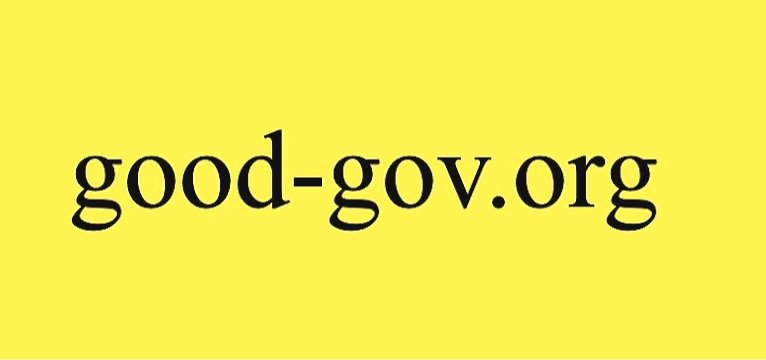Mass Appraisal Modelling
Guest Post by Arthur Corazzini. Arthur is a new resident in Nashua. He was born in Chelsea Mass and graduated from Watertown High. Holds a AB from Boston College and a PhD from Princeton University.
For residential properties, the firm will use what is referred to as a “sales approach” to construct a “Mass Appraisal Model”. This means Vision will collect all residential sales for a single recent and relevant year and verify the details of the sales. This verification process entails checking the property transfer records submitted to the State, looking over MLS pictures if they accompany sales data and inspecting the home (??) Only data from sales that are designated “qualified” because they occurred between a willing buyer and seller are used to estimate the parameters of the model.
In such a model, the independent variables are those designated as housing characteristics that add to or subtract from market value. They consist of easily enumerated physical characteristics such as the square footage of a home as well as the number of bedrooms and bathrooms and observable characteristics such as overall condition, neighborhood and architectural style. The dependent variable is the home’s probable sales price.
The trick is to be able to specify the critical independent variables so that the model can be used to estimate the probable market value of homes that have not sold. That is precisely why the data from homes for which Vision has both the sales price and the characteristics of these homes are used to test the model. If, using the data gathered from the accurate property cards of recent sales and a model incorporating critical characteristics (independent variables) specified by Vision the “test run” closely replicates the distribution of sales prices evidenced in the known sales results , the model is ready to be applied to unsold property.
Vision’s experience is crucial in specifying the original list of independent variables most likely to replicate the known outcomes and/or in making any corrections to the model so as to achieve the appropriate result (perhaps adding or eliminating a variable). Too many variables produces a model with very little ability to predict the effect of any one variable on sales price, too few and the model will replicate very little. The industry produces tests and guidelines to evaluate the robustness of the model and, if followed correctly, the result is a very useful tool. There is always an element of subjectivity in all of this and the model is not expected to precisely replicate every sale. What is sought after is a tool that can be used to assess hundreds of houses efficiently and fairly so that equals are treated equally. The basic idea is to use recent sales to determine the value of the most important characteristics that add or subtract from the market value of a home in Nashua and the value of each characteristic. When and if there is a perceived breakdown in the process assessors rely on review and if necessary the abatement process to fix the problem.
For the model to be applied successfully in the assessment of unsold homes, information on that home’s property card must be accurate. Gross omissions or errors on the property card will result in inaccurate and unfair assessments. For this reason it is absolutely critical that the information be up to date, complete and accurate. The City would like every household to allow a “list and measure “ exercise to take place. That means allowing a representative from Vision to enter your home even though New Hampshire law allows the homeowner to refuse entry. Current plans call for such visits to begin here in short order. The plan calls for all visits and resulting property card corrections to be completed so that Vision can collect sales data for one year beginning on April 1, 2021 and ending April 2, 2022 and then use it to test their model. Once satisfied with the results the City -Wide Mass Assessment could take place.
Homeowners can sabotage the process by wide-spread refusals for entry. The City has committed to this effort. Vision has a signed contract. The City must now find a way to generate home-owner compliance with the voluntary entry component with persuasion not threats. Assuming Vision begins its task in the near future, there is enormous pressure on both sides to have those proposed visits go well. We intend to monitor and report.
The unforeseen can delay or invalidate the process if for unknown reasons home sales are not representative of the entire City. There is no a priori reason to believe that one statistical model will yield equally valid results for all neighborhoods. Vision should explain how it plans to handle this particular issue before it begins.
Note : The above is meant to be general in nature and illustrative of the process. It is not meant to be a detailed evaluation or critique of the actual exercise as spelled out by Vision Inc. Rather it is intended to inform so that citizens can better formulate questions or articulate concerns.
